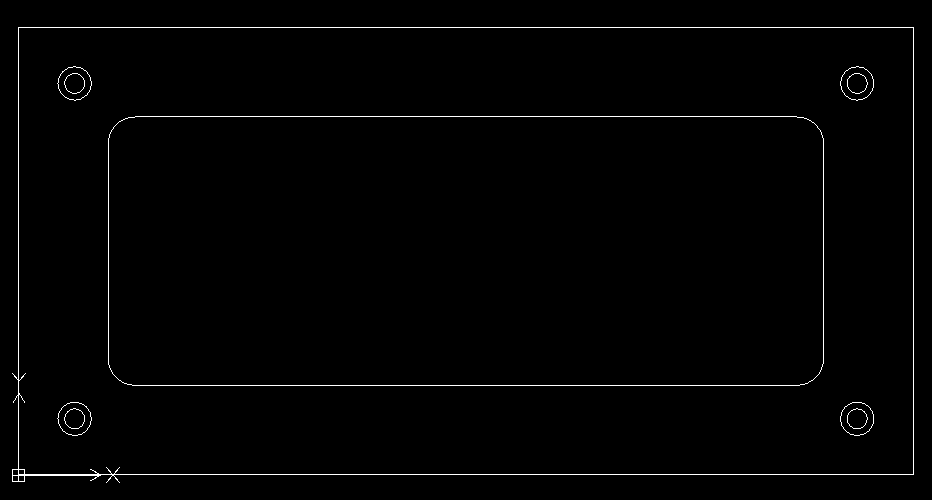

Credit: NASAĮven as our ability to monitor space objects increases, so too does the total number of items in orbit. That facility will allow the US military to detect objects smaller than today’s 10-centimetre limit for low Earth orbit, and this could increase the number of tracked objects by a factor of five.ĭamage to the Space Shuttle Endeavour from a collision with piece of space debris or a micrometeorite. Those numbers are likely to rise dramatically next year, when the Air Force switches on a powerful new radar facility on Kwajalein in the Pacific Ocean. Both events generated thousands of fresh fragments, and they account for about half of the 20-plus satellite maneouvres that ESA conducts each year, says Holger Krag, head of ESA’s space-debris office in Darmstadt, Germany.Įach day, the US military issues an average of 21 warnings of potential space collisions. The two biggest spikes in orbital debris came in 2007, when the Chinese government blew up one of its satellites in a missile test, and in the 2009 Iridium–Cosmos collision.

Since the Soviet Union launched the first satellite, Sputnik, in 1957, the number of objects in space has surged, reaching roughly 2,000 in 1970, about 7,500 in 2000 and about 20,000 known items today. It was one of the first examples of the public viewing space as a landscape that should be kept clean, says Lisa Ruth Rand, a historian of science in Philadelphia, Pennsylvania, and a fellow with the American Historical Association and NASA. Most of the needles fell naturally out of orbit over the next three years, but concern over ‘dirtying’ space nevertheless helped to end the project. The Air Force sent the needles into orbit in 1963, where they successfully formed a reflective belt. The needles were meant to enable radio communications if high-altitude nuclear testing were to wipe out the ionosphere, the atmospheric layer that reflects radio waves over long distances. Earth debris image: NASA Goddard Space Flight Center/JSC Dirtying orbitsĪstronomers and others have worried about space junk since the 1960s, when they argued against a US military project that would send millions of small copper needles into orbit. Source: ESA Annual Space Environment Report. “If we go on like this, we will reach a point of no return,” says Carolin Frueh, an astrodynamical researcher at Purdue University in West Lafayette, Indiana. Just a few uncontrolled space crashes could generate enough debris to set off a runaway cascade of fragments, rendering near-Earth space unusable. The alternative, many say, is unthinkable. And several investigators are identifying special orbits that satellites could be moved into after they finish their missions so they burn up in the atmosphere quickly, helping to clean up space.
#Draftsight 2018 dimensioning is totally a piece of junk how to#
Others are developing taxonomies of space junk - working out how to measure properties such as the shape and size of an object, so that satellite operators know how much to worry about what’s coming their way. Some researchers are now starting to compile a massive data set that includes the best possible information on where everything is in orbit. Several teams are trying to improve methods for assessing what is in orbit, so that satellite operators can work more efficiently in ever-more-crowded space. Source: ESA Annual Space Environment ReportĬoncern about space junk goes back to the beginning of the satellite era, but the number of objects in orbit is rising so rapidly that researchers are investigating new ways of attacking the problem. And satellite operators can’t steer away from all potential collisions, because each move consumes time and fuel that could otherwise be used for the spacecraft’s main job. Altogether, there are roughly 20,000 human-made objects in orbit, from working satellites to small shards of solar panels and rocket pieces. In 2009, a US commercial Iridium satellite smashed into an inactive Russian communications satellite called Cosmos-2251, creating thousands of new pieces of space shrapnel that now threaten other satellites in low Earth orbit - the zone stretching up to 2,000 kilometres in altitude.


If all these proposed ‘megaconstellations’ go up, they will roughly equal the number of satellites that humanity has launched in the history of spaceflight.Īll that traffic can lead to disaster. Numbers could rise even more sharply if companies such as Boeing, OneWeb and SpaceX follow through on plans to deploy hundreds to thousands of communications satellites into space in the next few years. In 2017, commercial companies, military and civil departments and amateurs lofted more than 400 satellites into orbit, over 4 times the yearly average for 2000–2010. This kind of manoeuvre is becoming much more common each year, as space around Earth grows increasingly congested.


 0 kommentar(er)
0 kommentar(er)
